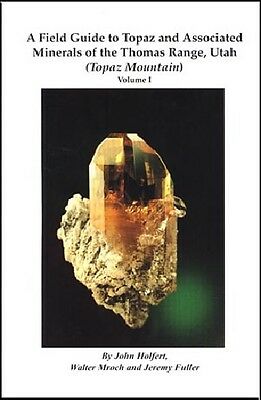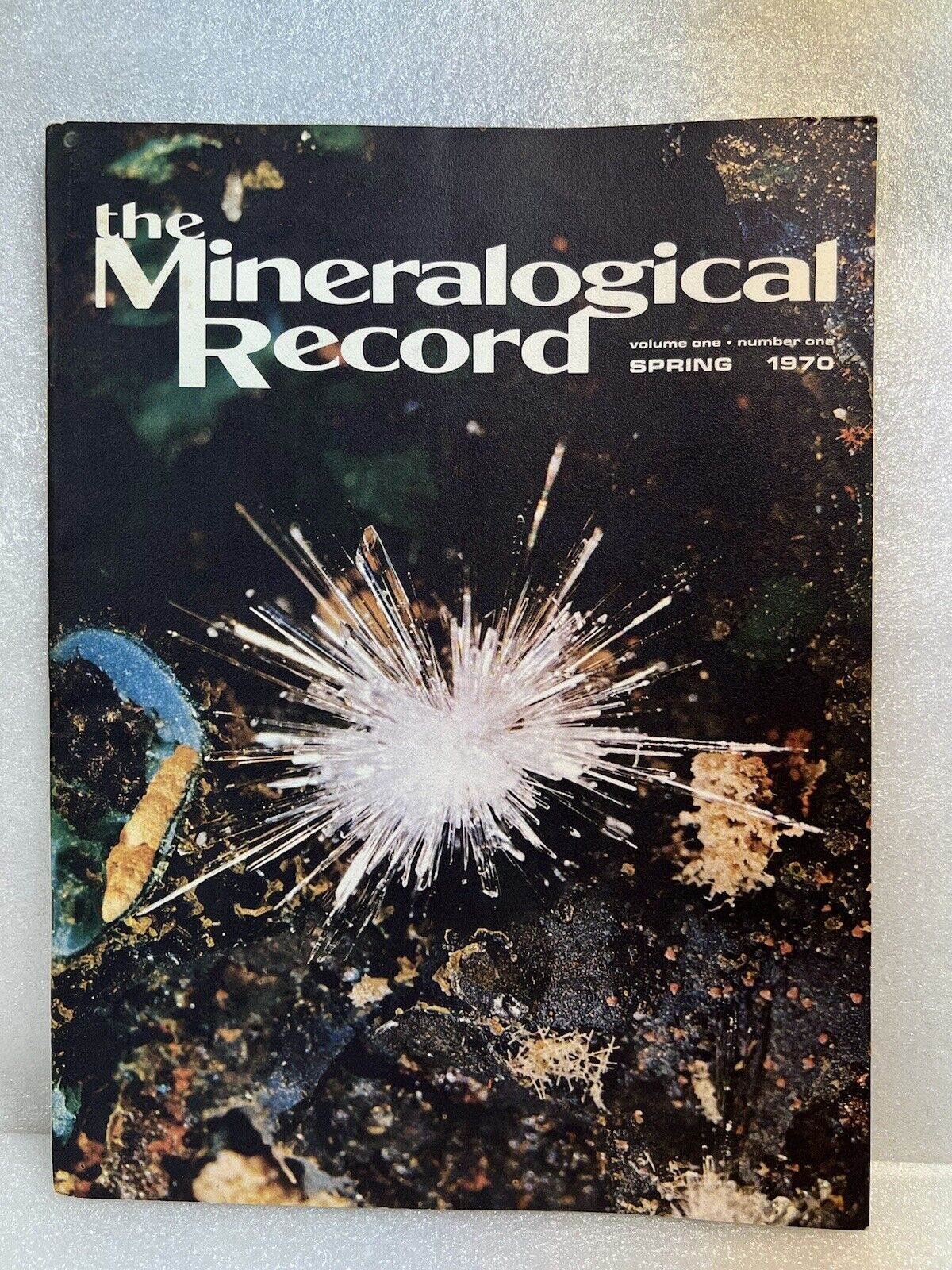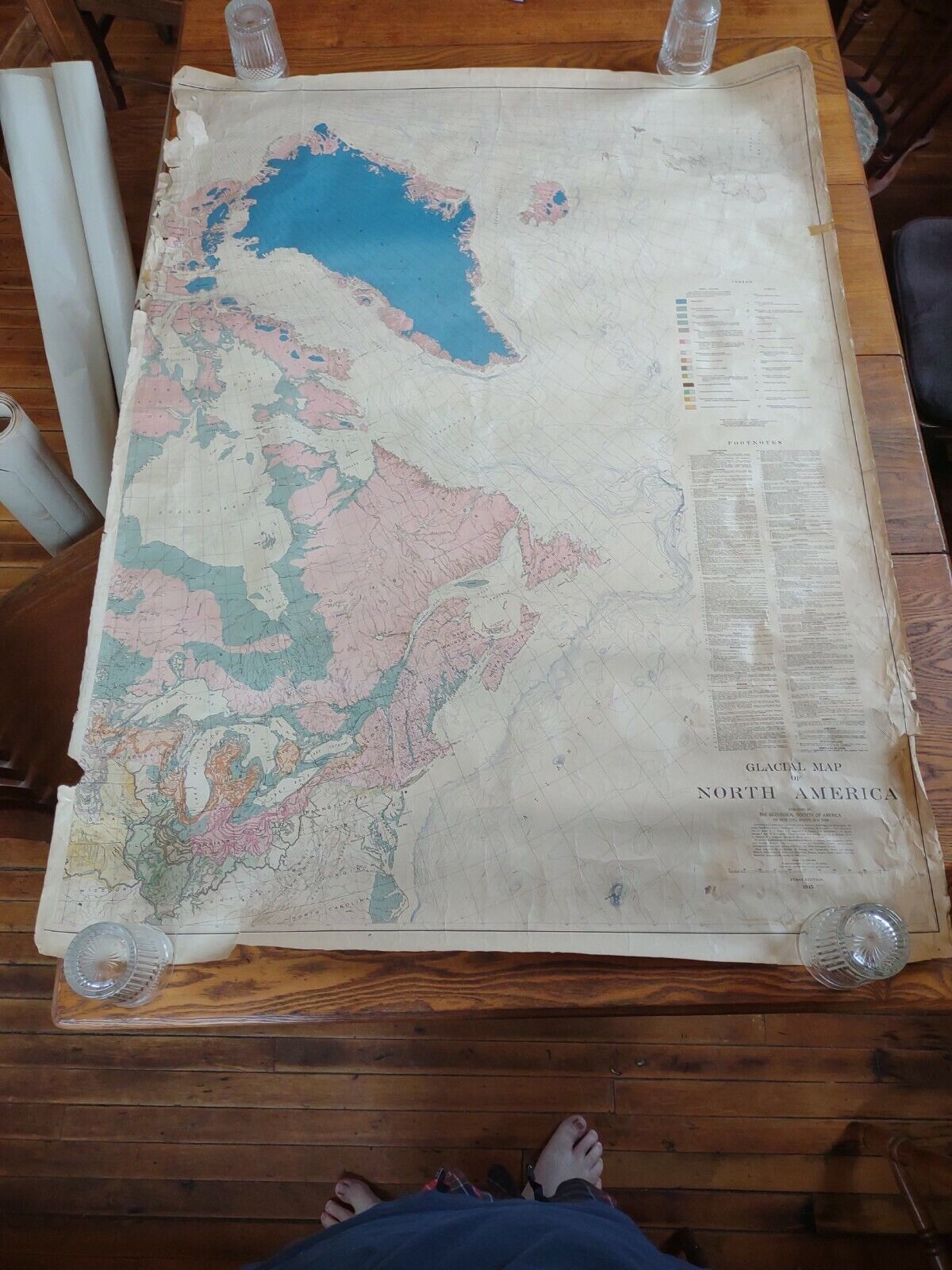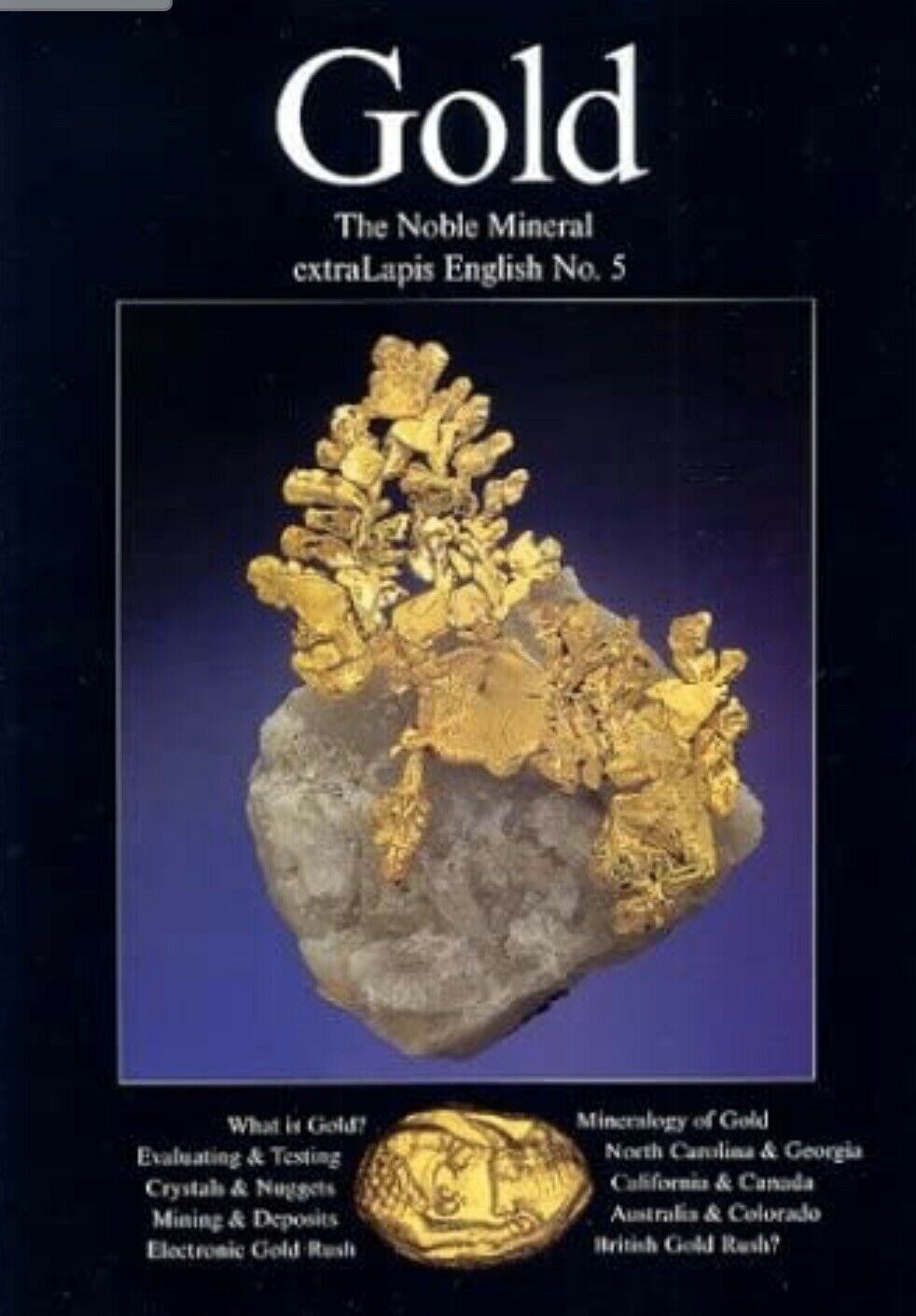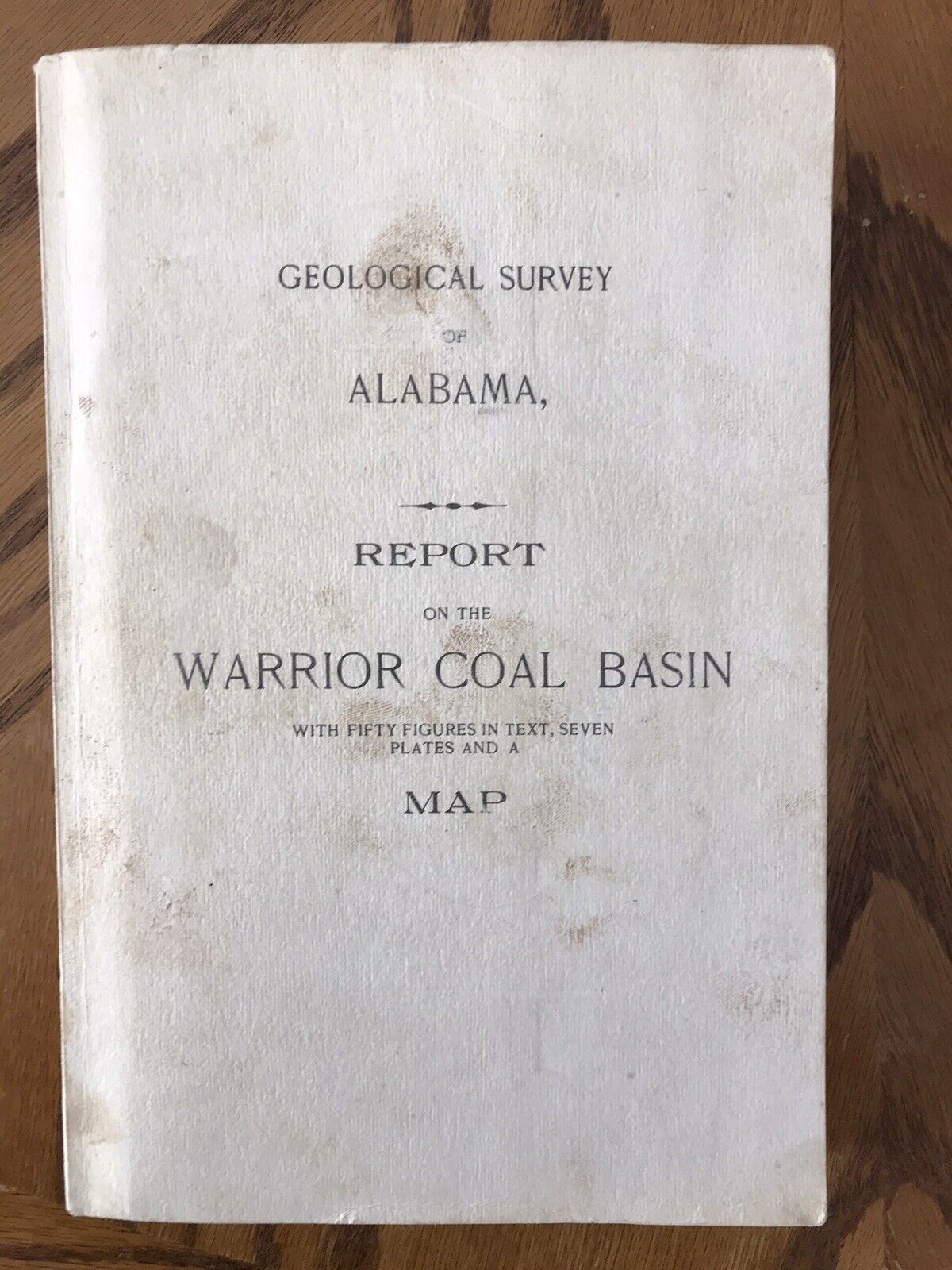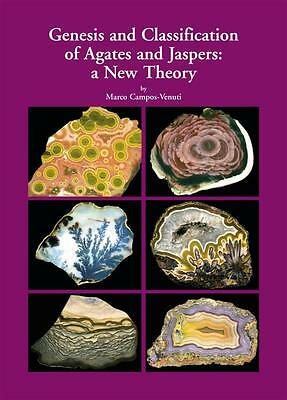-40%
1949 magazine article about Sea Shells, info, color photos
$ 4.22
- Description
- Size Guide
Description
Selling is a 1949 magazine article about:Shells
Title: Shells Take You Over World Horizons
Author: Rutherford Platt
Quoting the first page “Shells have everything. Some stay-at-homes collect them as they would stamps or coins, by ordering from a catalogue. Others go exploring down to the sea or up to the hills, to pick up their specimens. Shells can be traded with correspondents in all parts of the world. Once you have a tidy collection, the fun begins.
I dislike the phrase "shell collecting." It seems to narrow the subject to accumulating or cataloguing. One may enjoy shells as exquisite jewels. Their beauty is an inspiration. They have a lore and a language. Is not a pearl the product of a shell? A pair of amber-colored marginellas make exquisite little earrings.
Many people enjoy them as they delight in flowers for colorful arrangements on kitchen window sills, living-room tables, mantels, or bookshelves. Glance through the color pages in this issue of the NATIONAL GEOGRAPHIC MAGAZINE, with an eye to the decorative values of these radiant tones and patterns, and imagine their possibilities.
Then too, you can tell your friends their stories, such as the miracle of the octopus in the argonaut; the incredible speed by which a broad, round moon shell dives into firm beach sand to eat a clam; or the strange way a mussel, apparently fixed with tough bonds to a rock, moves about.
You can travel with shells, if not personally, at least in books and research, to the "steaming stillness of an orchid-scented glade" where brilliant land snails are discovered along the jungle trails of Cuba or Luzon. For the tree-climbing Liguus run your eye and hand along the branches of gumbo limbo and Jamaica dogwood on the Florida Keys.
You may know the fresh sting of salt sea spray and the fragrance of seaweed where the mollusks of the Maine coast hide in the tide pools and crevices of that wonderland of rocks.
You can explore along the broad curving beach at Indian Rocks, Florida, in pursuit of the coquinas, that hastily burrow into the sand after each retreating wave. If you are agile, you will catch them by the score and admire the variety of lovely sunsets painted in their porcelain in imitation of the sunsets that illuminate the Gulf horizon between the casuarina trees.
In Miami, Florida, a hundred collectors specialize, in tree snails from the Keys and Everglades. They like to go forth to do their own exploring with binoculars over their shoulders and armed with collecting box and a sandwich.
Another person may choose to specialize in scallops (Pecten is the scientific name). They are a royal, highly distinctive genus with world-wide range. A big yellow scallop comes from the sea near Bar Harbor, Maine; a pink scallop from deep water near Puget Sound; and the South Pacific abounds in scallops ranging from dazzling brilliance to the most delicate tints.
There are many kinds of shells, anyone group of which has enough alluring material for a lifelong study: chitons, murex, olives, cones, snails, clams, tree climbers, limpets, rock dwellers-take your choice.
On the other hand, your special interest may be a geographical location: the west coast of Florida, the New England shore, the Mediterranean, Mauritius, New Caledonia, the Philippines, the Indian Ocean, the Michigan lake region, or the hills of Hocking County, Ohio.
Collectors also specialize in certain sizes. For example, an astonishing number of shells are between 1/8 inch and 1/2 inch across. Most of the 100,000 species already known and named are less than half an inch and range down to microscopic. In the largest bracket, a collection is not complete until it has a giant clam (Tridacna gigas), which may weigh 500 pounds.
An entirely different appeal can be found in the biology of shells. The science of the shell alone is called conchology. But a detached shell is a by-product of an immense animal phylum called Mollusca. Shells are not like crystals, rocks, and ores, formed by elemental forces of earth and sky; nor are they stamped out instantaneously like coins.
Shells are the products of a group of animals so old that its fossils are found from the Paleozoic era more than 300 million years ago, the earliest time from which any kind of animal remains are known. Dr. Paul Bartsch of the U. S. National Museum in Washington, D. C., says that those fossil shells "bear evidence that these earliest known animals were already so highly specialized as to force us to the conclusion that their ancestors arose far back beyond Paleozoic times…"
7” x 10”, 25 double-sided pages, 16 B&W and 41 color photos
These are pages from an actual 1949 magazine. No reprints or copies.
49G1
Please note the flat-rate shipping for my magazine articles. Please see my other auctions and store items for more old articles, advertising pages and non-fiction books.
Click Here To Visit My eBay Store: busybeas books and ads
Hundreds of items!
Anything I find that looks interesting!
Please see my other auctions for more
goodies, books and magazines.
I’ll combine wins to save on postage.
No postage charge for the ads or articles if you buy a book that I can mail the ads/articles inside.
Thanks For Looking!
Luke 12: 15
Powered by
eBay Turbo Lister












